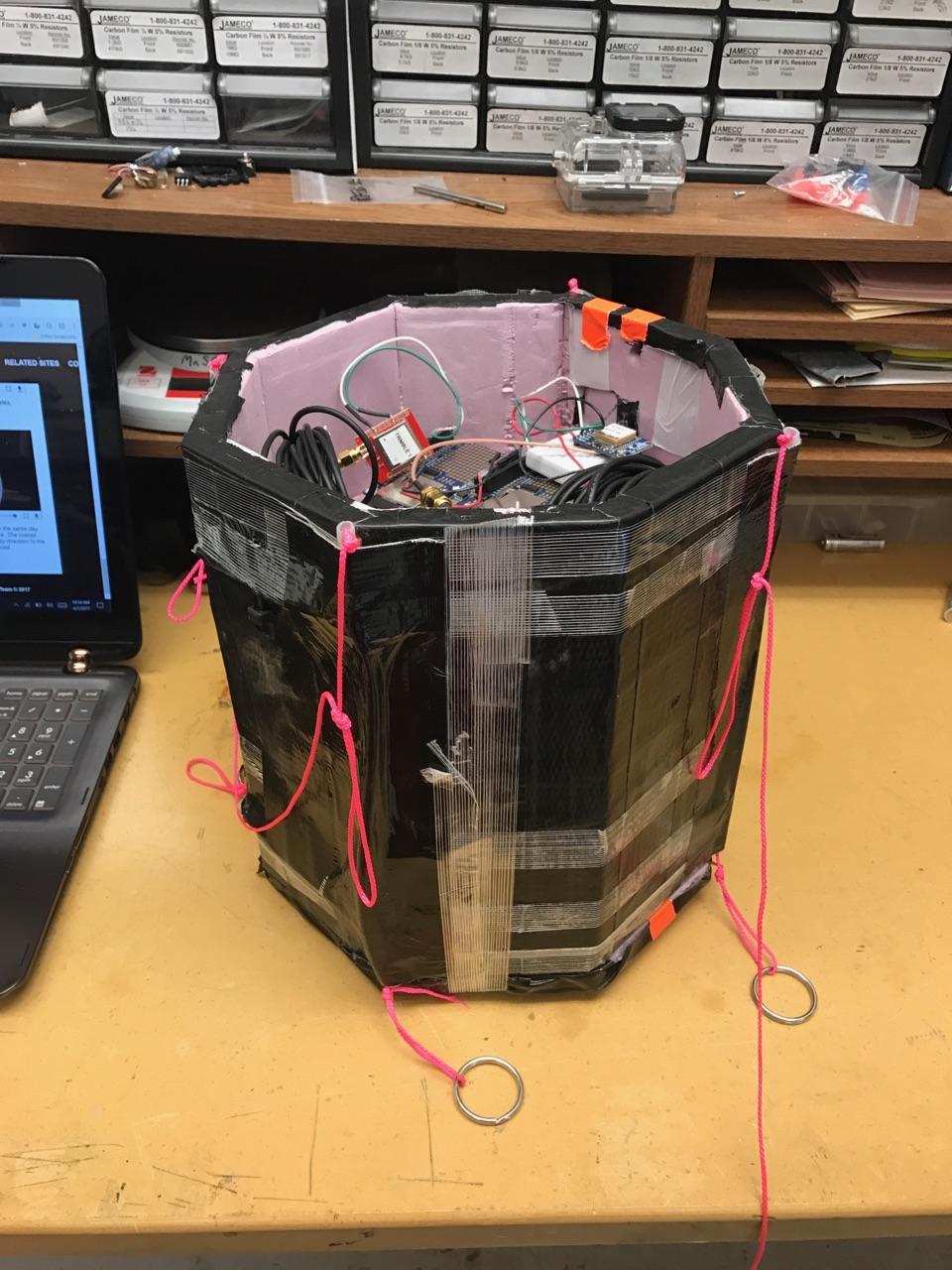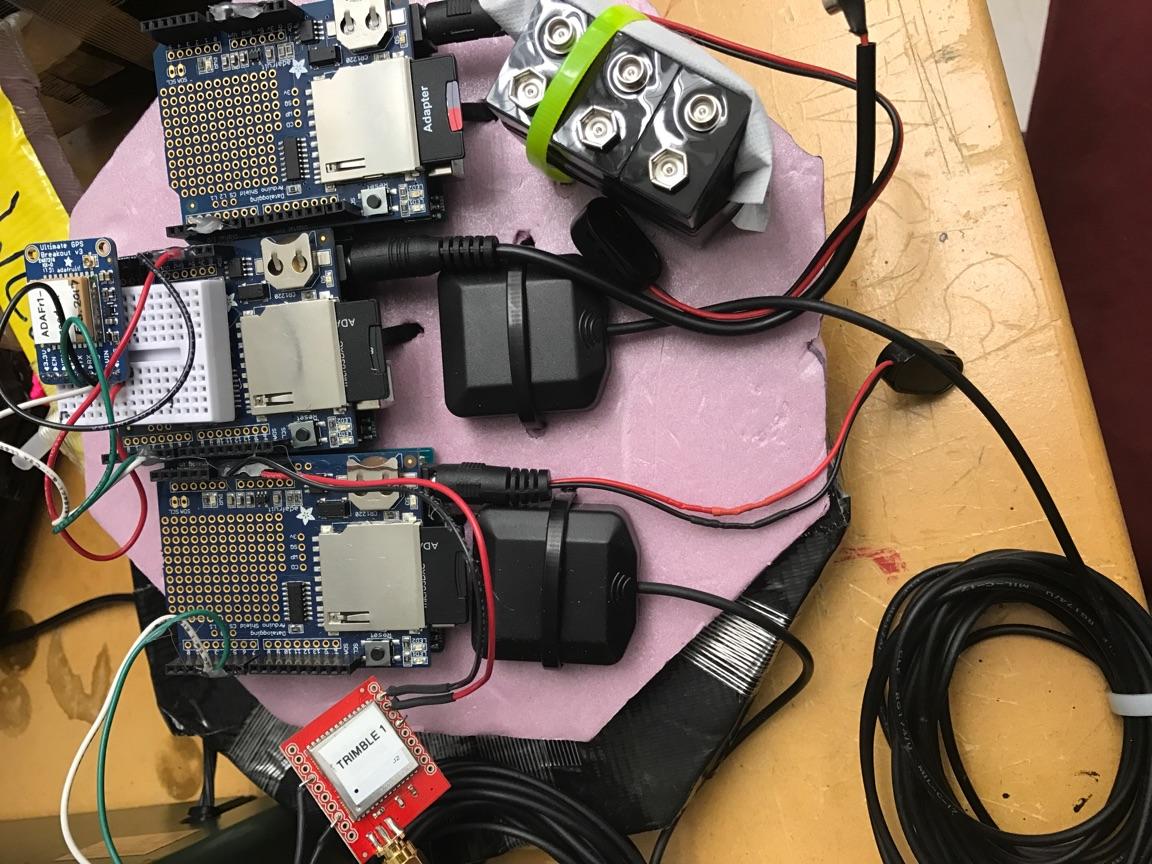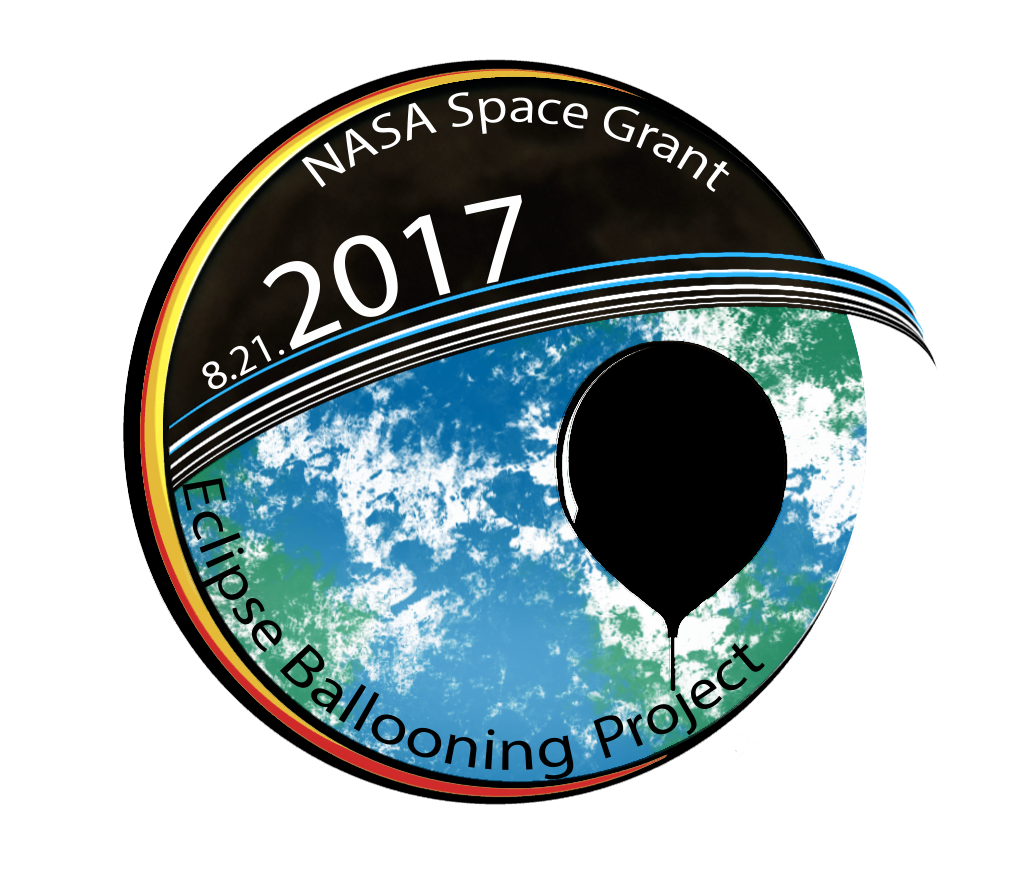GPS Comparison

The full payload box.
What Is It and How Does It Work?
The GPS Comparison Payload is relatively simple. It contains two layers of GPS's, each attached to a micro-controller which stores the GPS data during the flight. There is also room to attach external antennae to some of the GPS's. The payload is currently set up to test seven GPS's at the same time. In the future, we will split the payload into two separate boxes, to ensure that the top layer does not block the GPS's below from connecting to satellites.

The top layer of GPS's.
Relevance to Our Eclipse Goals
GPS's are among the most important pieces of equipment that fly in our payloads. They allow us to trigger certain actions at specific altitudes, and they are what we use to point our communication ground station at the balloon. And they are crucial to perhaps the most important part of any flight, tracking and recovering the balloon. You will find at least one GPS in almost all of the payloads that we fly.
Unfortunately, some GPS's that are available to the public are limited by federal regulations that make them difficult to use above an altitude of around 60,000 feet. In order to test our wide array of GPS's, we built this GPS Comparison Payload to allow us to fly upward of seven GPS's at once in a single box, and store the GPS data for later review. We can then determine from the GPS data which GPS's we can use for which applications.
